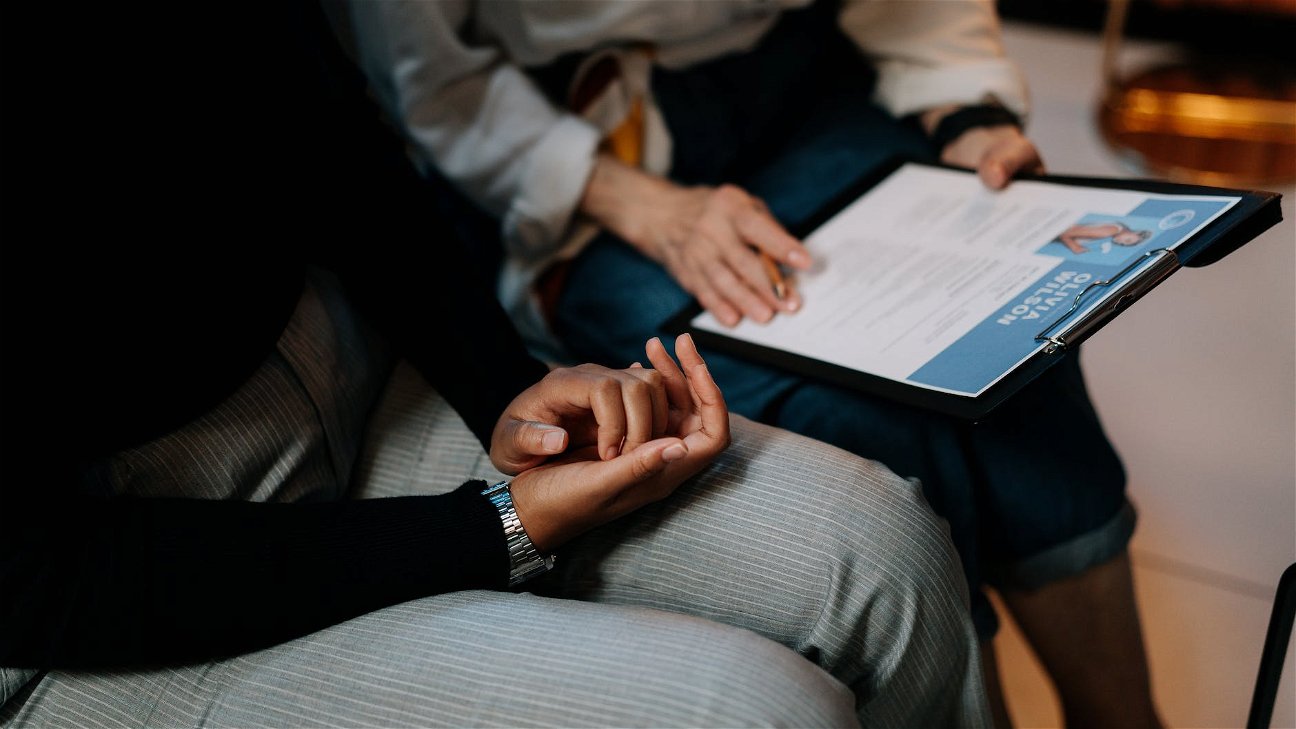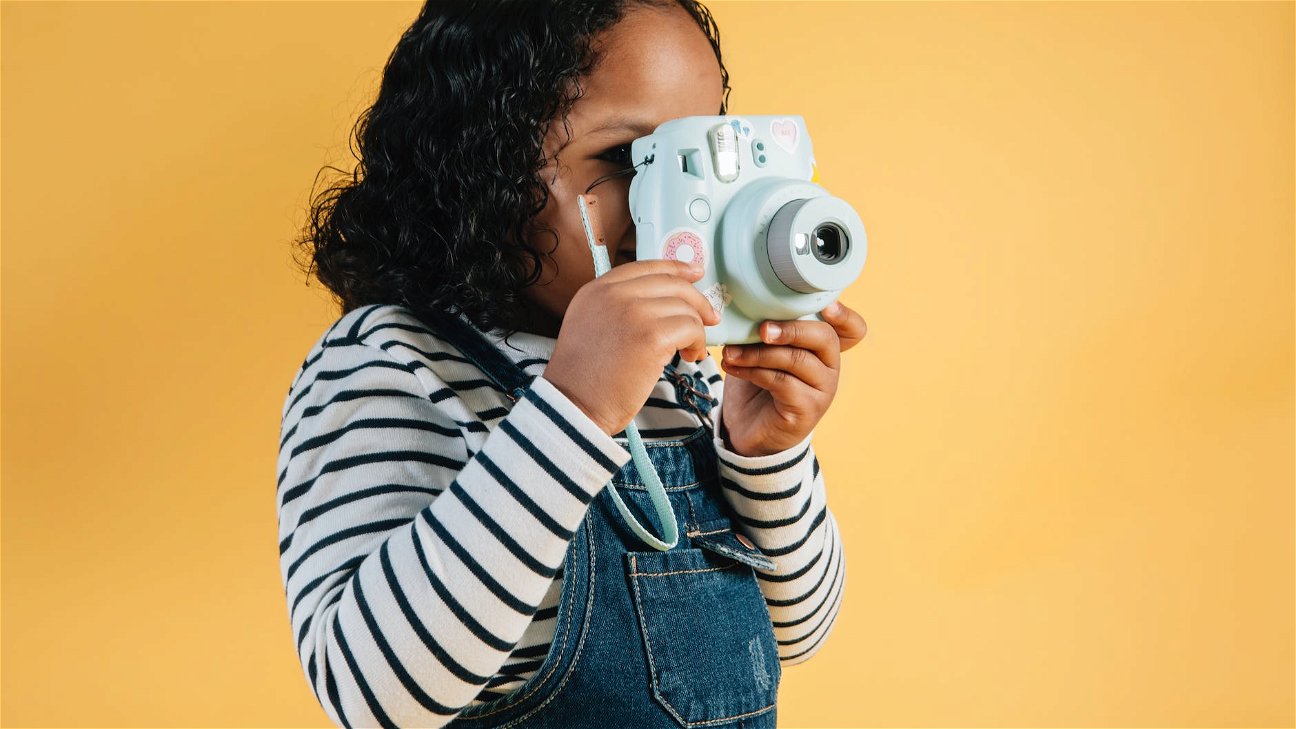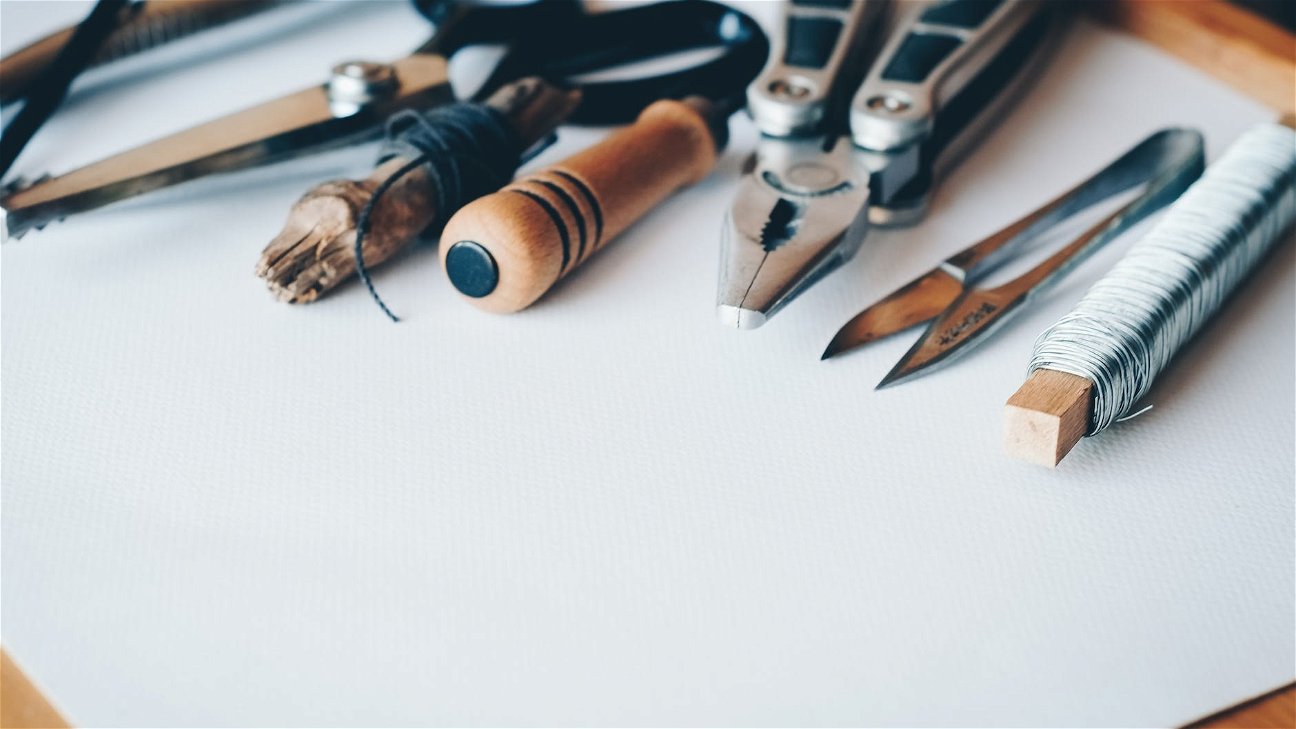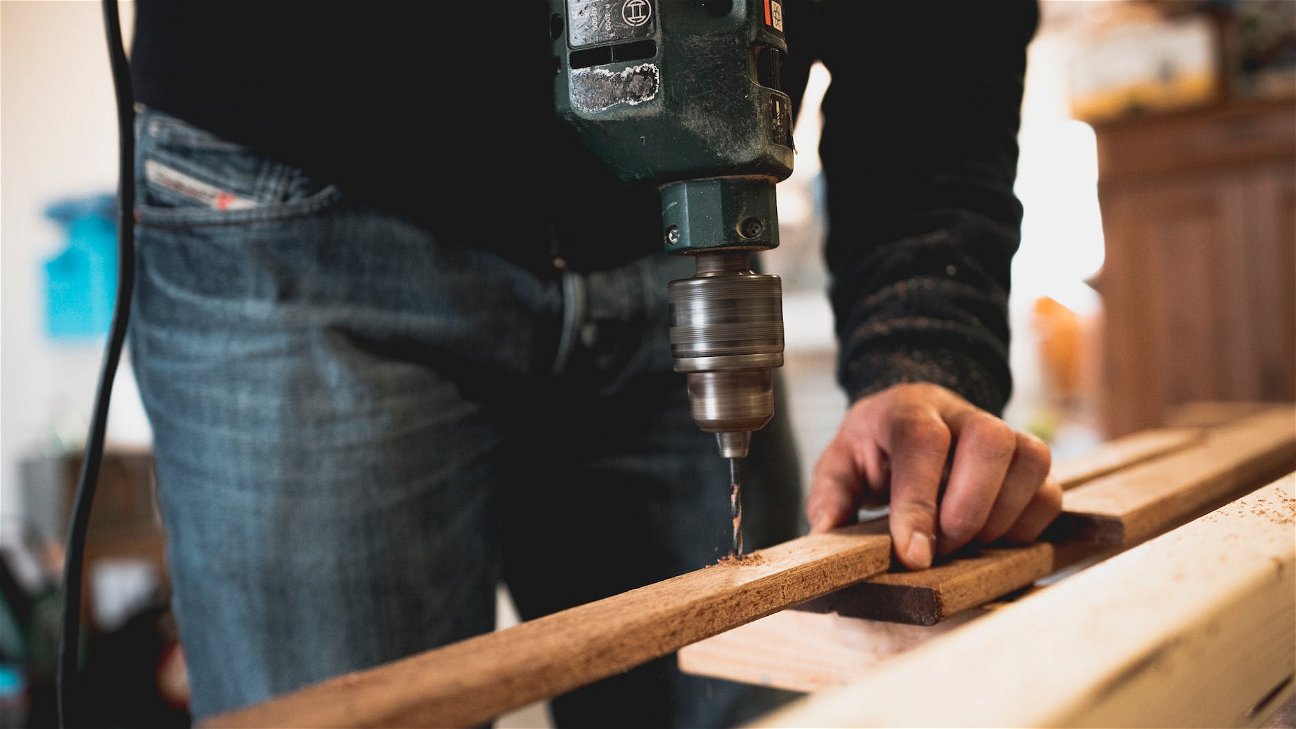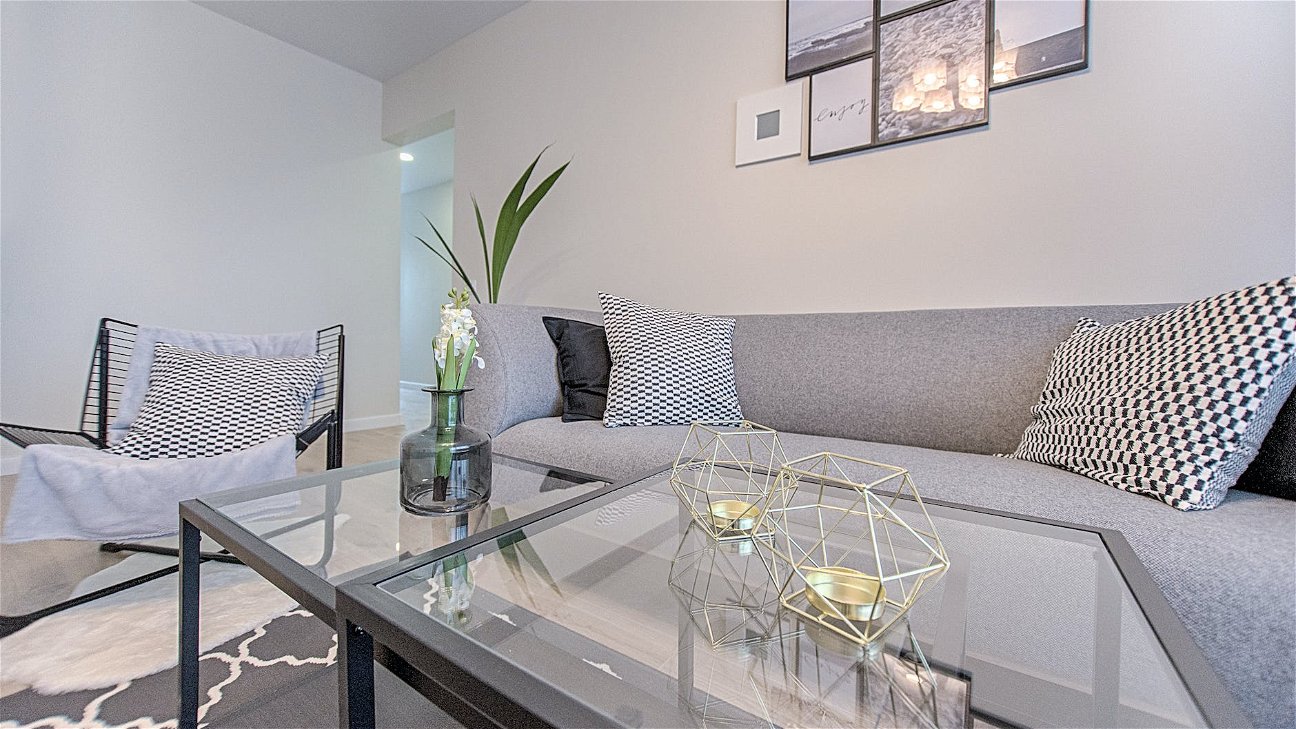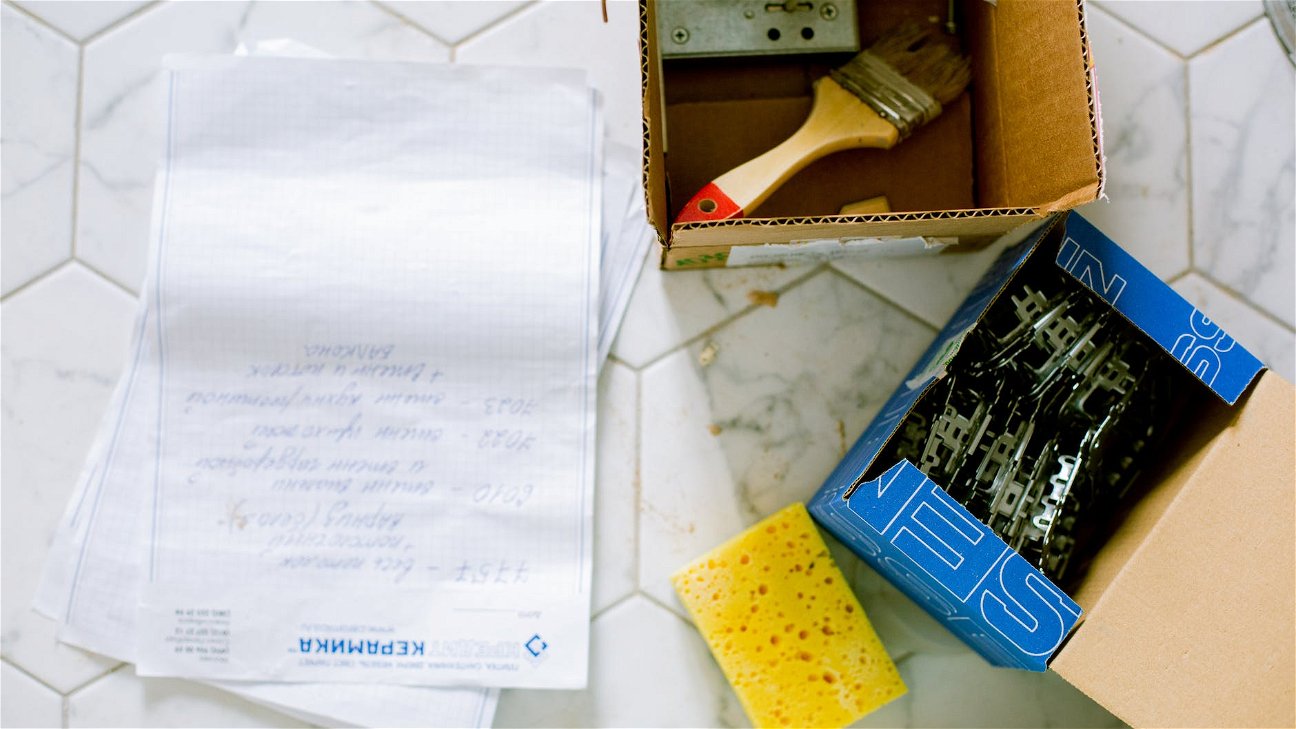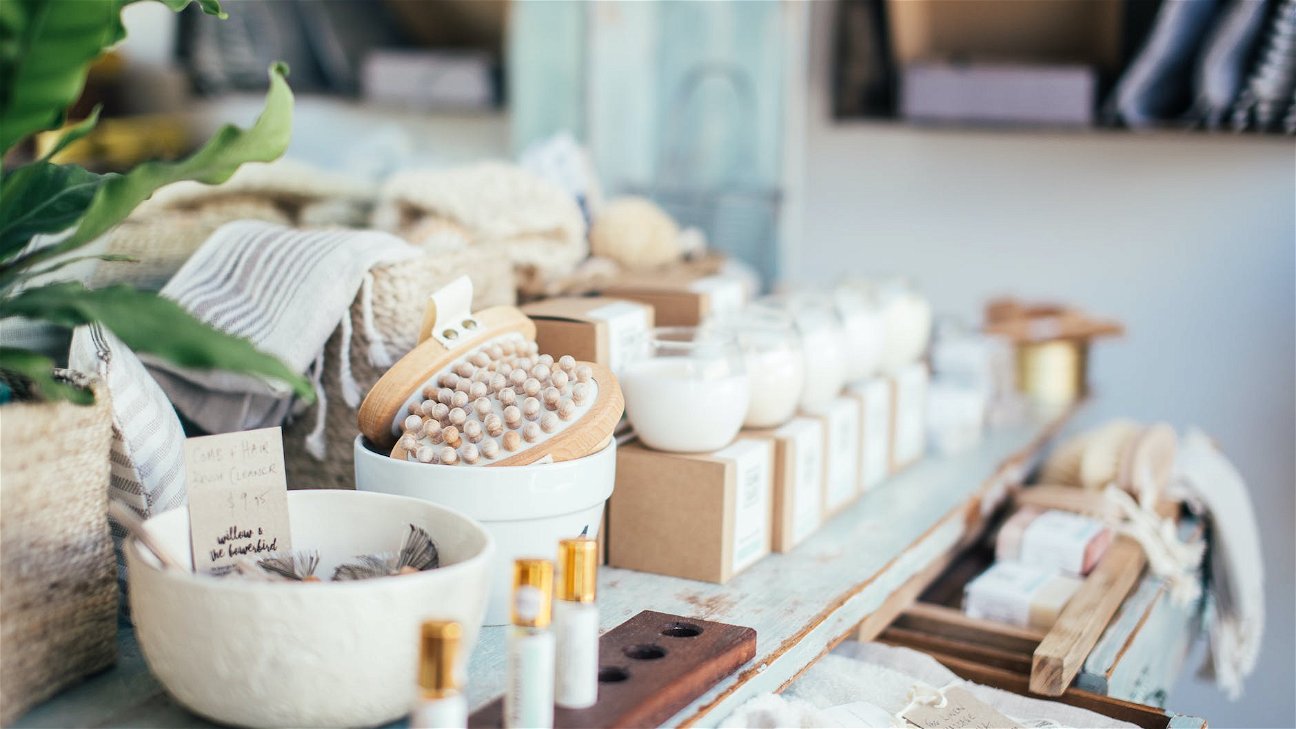
Fragrances have an enchanting quality. They captivate our senses, evoke emotions, and can even transport us to another time and place. Perfumes, in particular, have a magical allure. But have you ever wondered about the mysteries behind perfume making? In this guide, we'll delve into the world of fragrance creation and unravel its secrets.
Understanding the Basics of Perfume
Before we dive into the process, let's get familiar with some perfume jargon. A 'perfume' is generally composed of 'base notes', 'middle (or heart) notes', and 'top notes'. These notes are essentially the various scents that you get at different stages when you apply the perfume.
-
Top notes: This is the initial scent you get immediately upon application. It's usually light and lasts just a few minutes.
-
Middle notes: Also known as heart notes, these form the core of the fragrance. They develop after the top notes evaporate and can last for few hours.
-
Base notes: These are the final fragrances that develop from the perfume. Base notes are usually rich and linger on the skin for a long period.
Now, let's discuss some of the most common types of perfumes:
-
Eau de Parfum (EdP): This type generally has a fragrance concentration of 15-20%. It's less intense than pure perfume but lasts a long time, making it a popular choice for everyday wear.
-
Eau de Toilette (EdT): Lighter than EdP, this type has a fragrance concentration of 5-15%. It's perfect for those who prefer a subtle scent.
-
Eau de Cologne (EdC): With a fragrance concentration of 2-4%, this is a much lighter perfume that's refreshing and ideal for hot weather.
-
Eau Fraiche: This is the most diluted form of fragrance with only 1-3% concentration. It's a great choice for those who want a very light, fresh scent.
Ingredients for Perfume Making
Perfume making is an intricate art that requires careful selection of ingredients. Here are some essentials:
-
Essential Oils: These are the heart of any perfume. They're extracted from plants and come in a wide variety of scents such as floral, fruity, woody, and more.
-
Alcohol: This acts as a carrier for the essential oils. It helps disperse the oils and carries the scent onto your skin.
-
Water: Water is used to dilute the perfume and reduce the intensity of the scent.
-
Fixatives: These substances help prolong the scent and prevent it from evaporating quickly.
The Process of Perfume Making
Here's a basic step-by-step procedure to make your own perfume at home:
-
Decide on the fragrance notes you want in your perfume. Remember, you need top, middle, and base notes.
-
Measure out your essential oils. Start with the base note, then the middle note, and finally the top note. The ratio should ideally be 30% top notes, 50% middle notes, and 20% base notes.
-
Add the oils to the alcohol. Stir gently and let the mixture sit for at least 48 hours.
-
After 48 hours, add water and stir. Then add your fixative.
-
Let the perfume sit for at least a month to allow all the elements to meld together perfectly.
-
After a month, your perfume is ready. Pour it into a perfume bottle and it's ready to use!
With these steps, you can embark on your journey into the enchanting world of perfume making. Remember, the key is experimentation and patience. Don't be afraid to try different scent combinations and always give your perfume ample time to develop.
